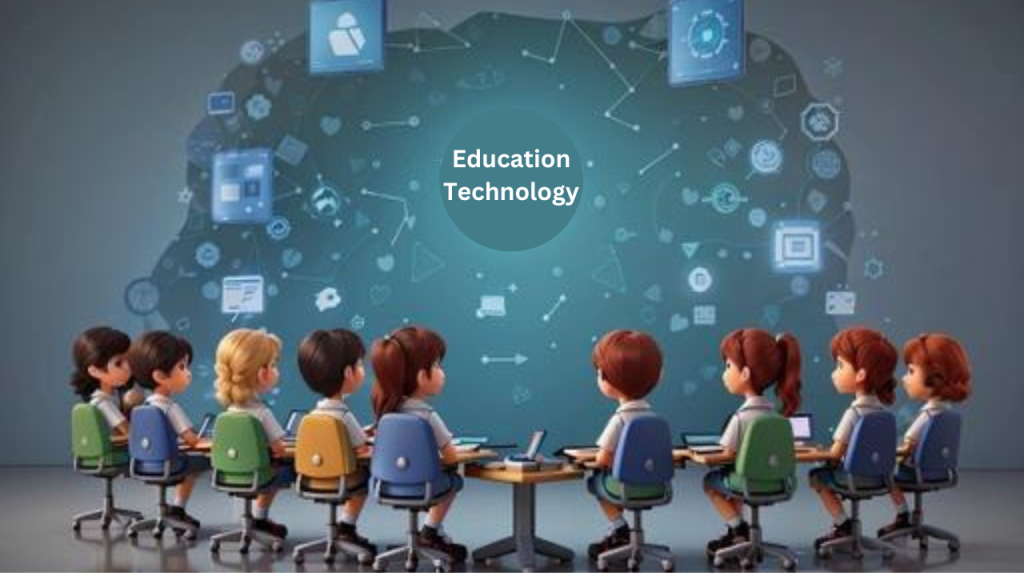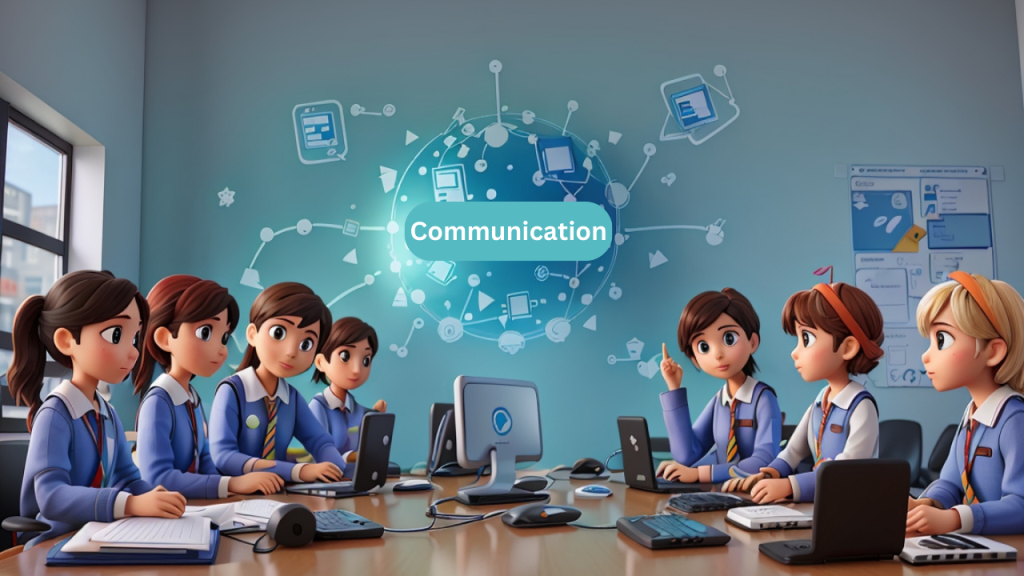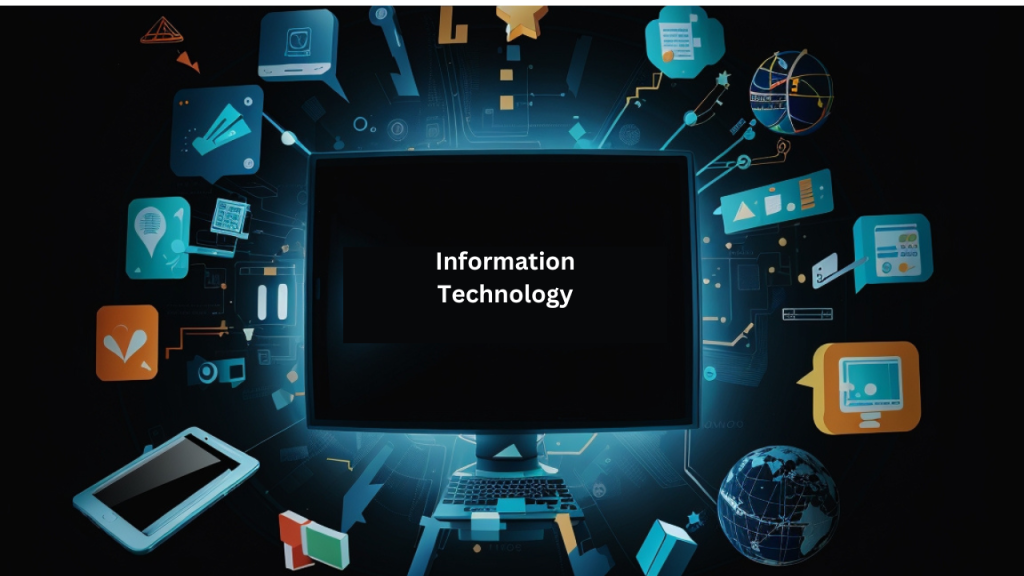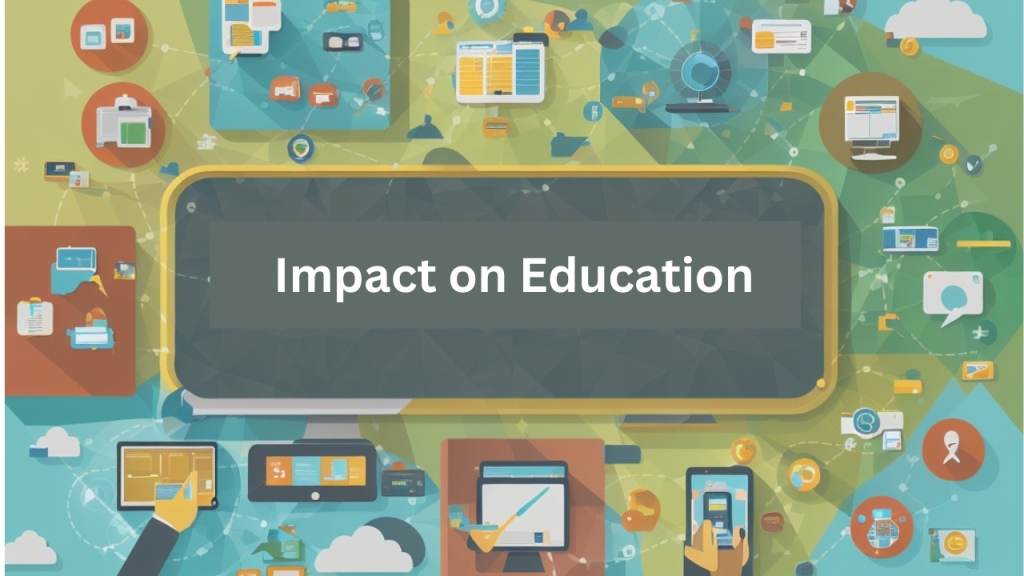Exploring the Differences and Impact of Educational Technology, Communication Technology, and Information Technology
Introduction:
In today’s interconnected world, technology has become an integral part of our lives, transforming the way we learn, communicate, and access information. Three key technological advancements have played a significant role in shaping our modern society: educational technology, communication technology, and information technology. While these terms may sound similar, they each have distinct characteristics and applications that have revolutionized various aspects of our lives, particularly in the field of education. Let’s explore the differences between these technologies and how they have impacted the way education is delivered, from the perspective of a layman.
Educational Technology:

Educational technology, often referred to as EdTech, encompasses the use of technological tools, software, and digital resources to enhance and support the learning process. It focuses on integrating technology into educational practices, both inside and outside the classroom. From interactive whiteboards and educational apps to online learning platforms and virtual reality simulations, educational technology has transformed the way knowledge is acquired and shared.
Some of the glaring examples of educational technology
Communication Technology:

Communication technology refers to the tools and systems used to facilitate communication and exchange of information between individuals or groups. It encompasses a wide range of technologies, such as smartphones, email, social media, video conferencing, and instant messaging applications. Communication technology has revolutionized the way we connect with others, breaking down geographical barriers and enabling instantaneous communication. It has transformed the way we collaborate, share ideas, and access information, facilitating global connectivity and fostering a sense of community.
Information Technology:

Information technology, often abbreviated as IT, involves the use of computer systems, software, networks, and databases to store, retrieve, transmit, and manipulate data or information. It includes various components like hardware, software development, cybersecurity, and data management. Information technology has profoundly impacted our lives, from personal computing devices and internet infrastructure to cloud storage and data analytics. It has transformed the way we access, process, and utilize information, making knowledge readily available at our fingertips.
Impact on Education:

The integration of these technologies has brought about a paradigm shift in the education landscape, offering new opportunities and challenges. Educational technology has made learning more interactive, engaging, and personalized. Students can access educational resources online, collaborate with peers in virtual classrooms, and benefit from multimedia tools that cater to different learning styles. Teachers can leverage educational software and platforms to deliver dynamic lessons, track student progress, and provide targeted support.
Communication technology has revolutionized the way educators and students interact and collaborate. It enables seamless communication between teachers, students, and parents, facilitating real-time feedback and fostering a sense of community in remote learning environments. Students can connect with experts, participate in global discussions, and access a vast array of educational content from around the world. Communication technology has expanded the boundaries of learning, enabling students to gain global perspectives and engage in cross-cultural exchanges.
Information technology has drastically changed the way information is accessed and shared. Students now have access to a wealth of information through online databases, digital libraries, and search engines. They can conduct research, fact-check information, and develop critical thinking skills. Information technology has also streamlined administrative tasks in education, making data management and record-keeping more efficient.
Understanding the Importance:
For a layperson, understanding the differences between these technologies may seem overwhelming. However, it is crucial to recognize their impact on our daily lives, particularly in education. These technologies have democratized access to education, making it more inclusive and equitable. They have opened up new avenues for lifelong learning, skill development, and career advancement.
Discover more from News 24 Media
Subscribe to get the latest posts sent to your email.


